Attention is the currency we need to deal in: Jonah Goodhart
The Ad Club’s Media Review, held in Mumbai yesterday, saw Jonah Goodhart, CEO and Co-Founder, MOAT, focus on viewability of ads and the challenge it poses for digital measurement. Goodhart noted that while more people consume content on their mobile, less than 50 per cent of the ads on mobile are viewable. He further said that people notice digital ads, but don’t usually click on them.
Goodhart pointed out, “122 million ad blockers being used in India.” He called for separate metrics to measure ad presence and ad success and stressed on the need to look at advertising from the same lens that we look at content. “Attention is the currency we need to deal in,” he affirmed.
Adgully caught up with Jonah Goodhart to know more about the measuring attention, the digital metrics needed for viewability, building brand desire in the digital realm and more. Excerpts:
How close are brands and agencies to accurately and effectively measuring attention?
I think it is work in progress – to bring in tried and tested measurement on behalf of brands and publishers universally. The first step in understanding attention is to be able to have apple to apple comparison – the same metrics measured on one platform as another. Once we have that, we would be able to get that massive scale and you can begin to understand what is driving consumer behaviour attention, which ultimately is just noticing something. It is what you choose to do with your time and so when a market also understands what is driving attention, I think the first step is to understand what happens, how long is my ad on the page, how long is the person on the page, for how long he has watched the video, could they hear it, could they see it, how big is it – these are some of the components that a marketer or publisher would want to understand. I think ultimately attention is not a single metric, it is not a magic number that grabs your attention, but something that we are getting smarter about.
What are the digital metrics one should look out for while measuring viewability?
First of all, while measuring one needs to know that it is a human being who has been exposed to the ad, because as crazy as it sounds, in digital we face the challenge from people writing computer programmes to generate ad impressions that are never seen by a person. Therefore, the most basic thing is knowing that a person actually had a chance to see your ad. Secondly, knowing that the ad actually made it to the device. So, one of the big things that advertisers have done on mobile is charging for ads that get surfed but are not actually downloaded on to the device. So when you go to the web page, you trigger the ad.
Therefore, first is human behaviour; second is knowing that the ad made it to the page; and third is knowing that the ad actually showed up on my screen, where I can see it. It sounds like the most basic things, but believe it or not that’s how it works. Today, in India as well as around the world, almost half of all the ads are never seen on the screen, they are not viewable. Thus, you have a fundamental challenge of what should be the definition of someone seeing an ad, and there is a lot of controversy over what the right definition is for an ad viewed on screen. For instance, if you go to Star Plus and watch a video for 30 minutes and an ad plays through 15-30 seconds, that’s a video. Now what about if you go to website and a video plays for 2 seconds, does that count? What about the video playing and you not being able to hear it because the sound is muted, does that count? What about if it is partially visible on the screen, does that count? These are the things that we as an industry have to figure out – that at what point do you decide that an ad was actually seen by a person.
What should advertisers do to build brand desire in the digital realm?
I think the first thing is recognising that brand advertising is simply storytelling. Storytelling is what you do as a reporter, it is what we do as humans, it is how we communicate, that is how advertising is. Storytelling is the same – whether I am doing it in the digital world or in the physical world. I am getting lots of traction and trust, and when I communicate a story, a message, I am trying to build a relationship and so the question is what is the right mechanism to do that? I think that’s what marketers are asking – can we do that in a second? Can they do that with a blurb or a screen? We need to have something different to be able to communicate and tell a story. For example, as a reporter could you tell a story with a headline? It depends on the story, isn’t it? Some things that you can probably do with a shorter headline, while others need to be longer in order to explain things clearly. Same is the case with brand advertising. There are mechanisms that help us show stories that are quick and easy. For instance, when I see the Kingfisher logo, I am instantly reminded about the brand, the products available. But what if it is a new brand, a new product that people don’t know about? I will have to tell you the story and communicate the message. It is the same theory behind brand storytelling. If we look at it through that lens, we are on the way to making better decisions.
My view is that advertising has always been about storytelling. Historically, television advertising is that really worked in India and in rest of the world. And one of things that I ask is why does TV advertising work so well? Obviously, look at it, in most parts of India when TV advertising comes on it stops your program, everything stops, it takes away the entire screen, tells you a story, there is sound, motion which often grabs your attention. Digital doesn’t work that way, Digital sometimes I am reading something and there is an ad shows up in the side and goes away, So digital has a very different set of challenges We need to ask the same question- how do I storytell on digital? Because it’s a different set of variables that I have to deal with.
Crucial seconds of digital video for attention grabbing- It depends on the context and so we think we pay attention differently. When you are flipping through your Facebook feed, when you are reading Times Of India, when you are watching a video, so the attention is relative to the platform that you are on, but If I have to generalize, what I have to say is you have about 1 second. About one second you have for somebody’s attention because if after a second you are not interested then they move on to something else.
How can watchability be translated into the numbers that make sense for advertisers?
First of all, it doesn’t translate today. So the challenge today, what we attempted to do, not just in India but across the world is that we attempted to take the TV measurement and simply drop it onto digital. That didn’t work because what we said in TV was that measurement is based on reach- how many people you reach and how often you reach them, Reach sometimes frequency equals to gross rating points and those gross ratings point is how the trends acted on television advertising for a long time. What’s the problem? Well, in TV ad is defined as 15-30 seconds full attention. Whereas on digital an ad might be somewhere in the corner, it could be a video I am really engaged with or could be something that a piece of text that I don’t really see. So the issue in digital is that what we tried to do was define it the same way. We said, Okay, well that’s just an exposure, on account of the same to reach you on digital as well as on TV, is totally different. Ad I think the first thing we have to do is to recognise that the exposure on digital has to be understood. A video has to be defined by its characteristics in digital, could you hear it, could you see it, does it take up the whole screen, how long did you watch it for. Whereas on TV we don’t have to ask those questions because all TV ads at most parts are 15-30 seconds. They are consistent in presentation, so I think to get that consistence to work in digital, we have to have a new contract for how we define what an ad is and that’s something which is very complex but here’s the thing. People often talk about digital like it is the same thing as TV or a radio or print. Digital is TV, radio and print. You read your radio digitally, you watch TV digitally, so it is all those things. So, we have to ask better questions in digital stop trying to think it as just another medium because it is all about those mediums, all up in one.
Are there certain factors that can help drive higher rates of visibility?
Yes, absolutely. Number one thing is what a consumer is trying to do. Very few consumers, if any, go to websites to see an ad. They go to read and watch the content, they go to talk to their friends, they go do messaging, they do all other things. So the question is what are they going to do and how do I integrate advertising into that process. When you look at newspapers, say in India, in my opinion they do a nice job related to advertising. You pick up a paper and there is wrapper on top of it and you see it and then you go into the main paper. In digital, we have got into this thing where advertising is often competing for attention in a very different way. You must have blocked it away and get rid of that ad. It is becoming something causing the problem. Strictly, in India with ad-blockers you see most popular web browsing comes with ad-blocking as the fourth option. And so recognising that, giving consumers the ability to get rid of ads is very very dangerous for the market that’s funding the content. Particularly, in a country we have to pay for. So, that’s a huge problem. So if we don’t figure out a better way to mix advertising content together, consumers will get rid of it. And once consumer is getting rid of it then we have a different problem which is who is going to pay for the content. So, I think now is the time that both marketers and publishers have to come together and figure out a better consumer experience and we need to figure out how do we have ads people are willing to see. So we start with the coming of the content that focusses on the experience and then figure out how to integrate ads so that is not annoying, frustrating. At the end of the day, nobody is going to go to seek ads but okay, but if there is a video which is fine and funny and interesting, I should like it and watch it.
How can advertisers and agencies reduce discrepancies and unify measurements?
The first step, I feel, is working on the framework for measurement. And the framework on measurement needs to be viewability, human beings, I think some of these things are critical because if you are measuring, let’s say viewability as the core component and I am done, then I always going to have the strategies right and different numbers. So the first thing is to do all these things in a framework. I think we ultimately need to choose a partner or a company that can help in formatting that framework. There are always going to be methodology differences between different companies, but image in India if the currency of television was comScore, Nielsen, Kantar, etc., we would have discrepancies everyday. It is not that the technology is perfect, it’s just that we have chosen to have one performance metric. So, ultimately when you do establish a framework, then we need to choose a performance can implement that framework and that we all need to rely on that. So you can have imperfect measurement, imperfect technology but as long as it is equally imperfect, as long as its methodolgy is consistent, its often the same direction. Okay, than we can work with that what reduces the discrepancies and makes it easier.



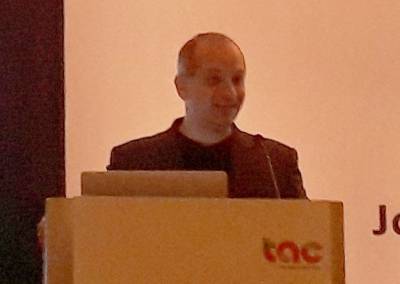
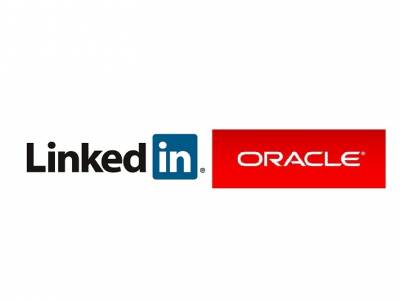


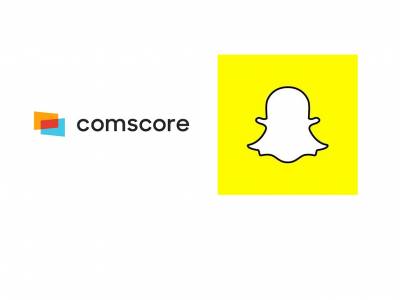

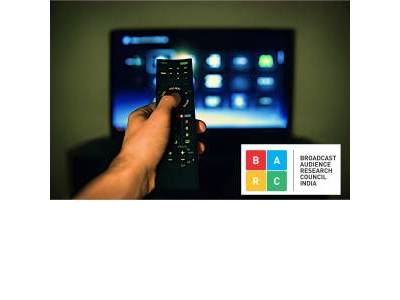
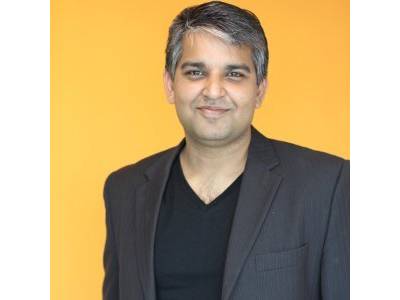

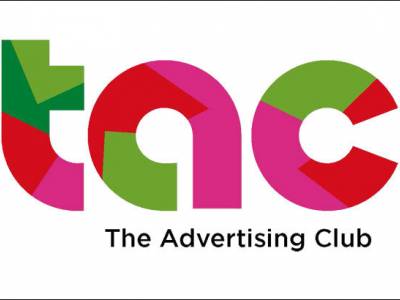
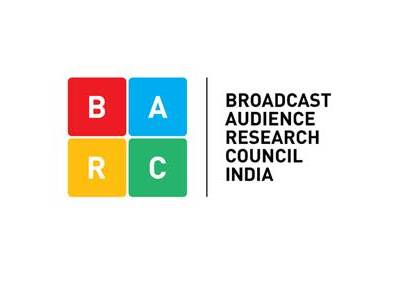



Share
Facebook
YouTube
Tweet
Twitter
LinkedIn